The Life and Work of Henry Roberts (1803-76), Architect: The Evangelical Conscience and the Campaign for Model Housing and Healthy Nations

Author : James Stevens Curl
Publisher : Chichester: Phillimore & Co. Ltd., 1983
ISBN: 0-85033-446-2 (hbk)
Henry Roberts was a successful Victorian architect and reformer whose work influenced the design of housing for the poor for generations, internationally, and whose life sheds fascinating light on both the Evangelical Movement and the inter-linked philanthropic groups in Europe. It is surprising that the importance of his career had been relatively under-estimated until the appearance of this detailed, illustrated, definitive biography in 1983. Having obtained his early training in the offices of the distinguished architects Charles Fowler (1792-1867) and Robert Smirke (1780-1867) and at the Royal Academy Schools, Roberts (who had worked on the drawings for the British Museum while with Smirke) won (1831) the competition for the design of the Hall for The Worshipful Company of Fishmongers of the City of London, and established a prosperous practice with many and varied commissions. One of his assistants was the young George Gilbert Scott (1811-78), who was to go on to great things himself.
From 1835 Roberts became involved in the design of model housing for the poor, and from 1844 was intimately connected with the Society for Improving the Condition of the Labouring Classes: his Model Housing for the Great Exhibition of 1851 (paid for by Prince Albert) became world-famous, and his designs were exemplars for decades to come throughout Europe and America. Roberts was a prolific writer and a tireless advocate of housing reform, whose publications were translated into various languages. His links with philanthropists in France, Germany, and Italy, his network of influential clients, and his associations with the Evangelical Movement in the Church of England and similar Protestant Evangelical groups in Europe (especially in France and Germany) furthered the spread of his ideas and designs both during his working career and, after the scandal that led to his departure to Italy in 1853, for the 23 years of his very active retirement there. The text is illustrated with a very comprehensive record of Roberts' buildings in the form of photographs, original drawings, engravings, lithographs, water-colours, and sketches to produce, together with a study of Roberts the man and his family background (with portraits), a work that will appeal to a wide range of readers, including social and political historians, as well and those interested in architectural history.
Reviews
'Curl’s book is an essential adjunct to our understanding of the dynamics of urban housing, not only for the contextual frame of reference for the varied contributions of Roberts’s successors ... he has unearthed a wide array of prime sources from surviving members of the family as well as international records.'
'As Curl’s lively biography explains... Roberts’ ... designs were widely used both by colleagues and by conscientious landlords and employers... This ... (comprehensive) ... book provides a lot of valuable information not only on Roberts and his career ... but also on low-cost housing.'
'The Life and Work of Henry Roberts describes ... (one of)... Prince Albert’s great interests. After being introduced to the young architect who won a competition in 1831 for the Fishmongers’ Hall in London when he was only in his 20s, we are brought face to face with the realities of life for the poor. Curl writes of this relatively little-known architect who played an important role in improving the conditions of a large part of the population ... in his book he has revealed a man "who at first appeared to be a faceless enigma" but whom we now recognise as “among the most humane, inventive, and original minds of the Victorian age”. The Prince and Roberts seem to have been destined to meet.'
'Curl has exhumed the details of this unjustly forgotten architect with energy, accuracy. scholarship, and assurance. He well proves his claim that Roberts should rank higher than he has hitherto... among... social reformers and architects.'
'It comes as something of a surprise to see that the British establishment is just as capable as any totalitarian state of erasing from the records any figure, however famous, who transgresses its code. Not, admittedly, by rewriting history, but simply by ignoring the offender. Curl has rightly put the record straight, as far as Henry Roberts is concerned, in this very scholarly and detailed study. Roberts had produced the winning design for the new Fishmongers’ Hall while still in his twenties. He went on to become the architect of London Bridge Station..., as well as receiving commissions for country houses, churches, public buildings, and urban housing. He was an active reformer, a prolific writer, and a much sought- after lecturer, as well as being a founder member of (and honorary architect to) the Society for Improving the Condition of the Labouring Classes. The famous model houses at the Great Exhibition of 1851 were his, and not by Prince Albert as most people seemed to believe.'
'Not even in this age of the cult of youth would a likely young architect of twenty-eight be commissioned by a group of City Fathers to build a hall appropriate to their greater glory. Yet that, in 1832, was the achievement of the subject of a new biography... The author tells what proves to be a surprising tale with authority and verve. He is one of the few architectural historians who manages to absorb prodigious research which he imparts effortlessly in sustained and lively narrative... [a] valuable and interesting book.'
'... extremely well researched and presented mixture of socio-history and architectural history ... almost always ... fascinating and readable...We are delighted to be able to recommend this work most highly...'
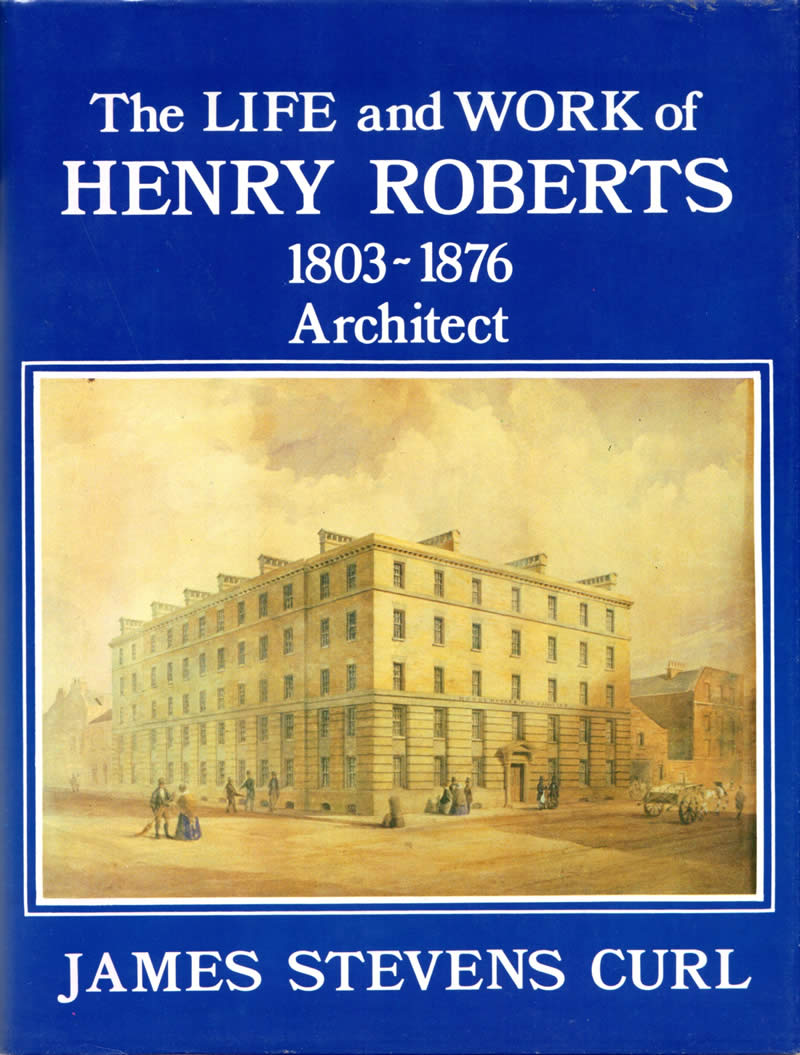
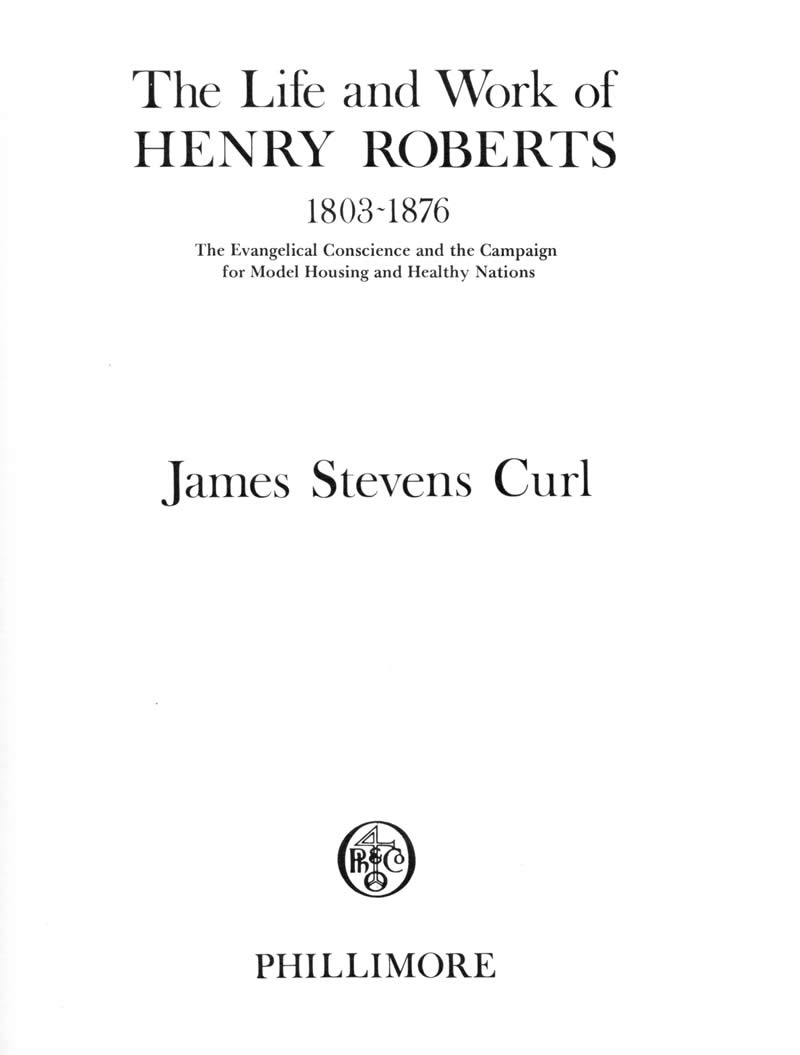
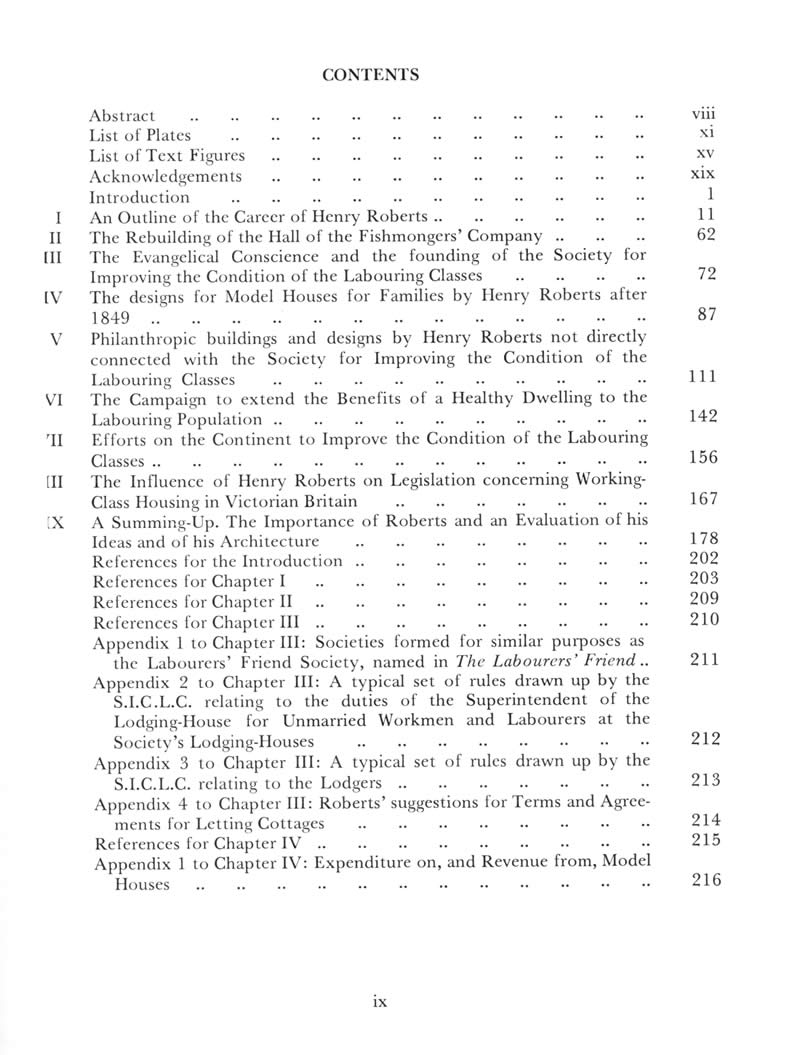
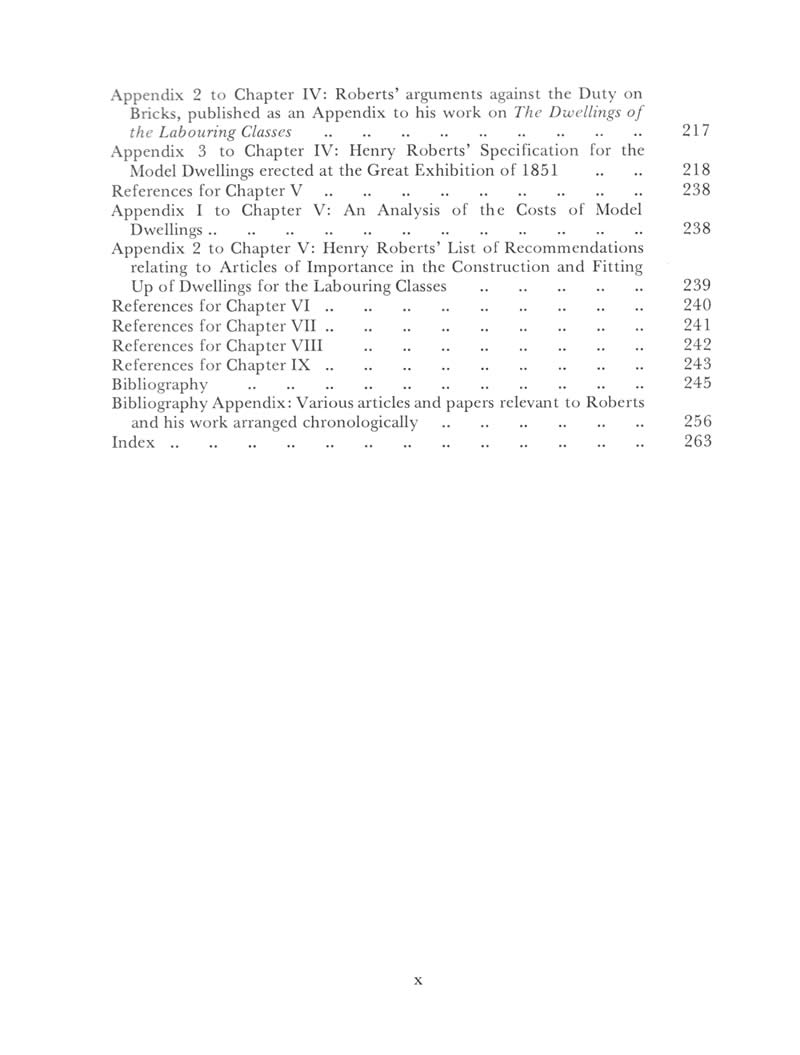
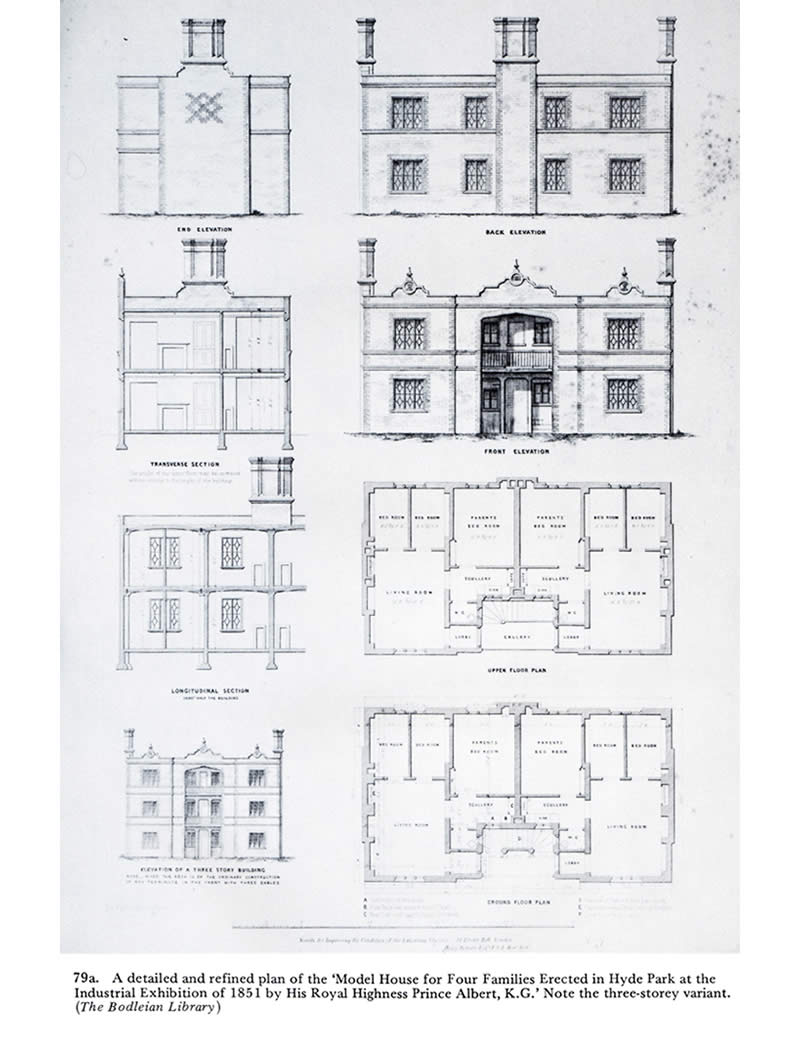
 LinkedIn
LinkedIn  Wikipedia
Wikipedia